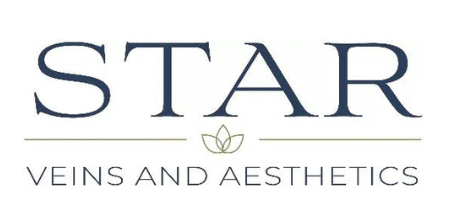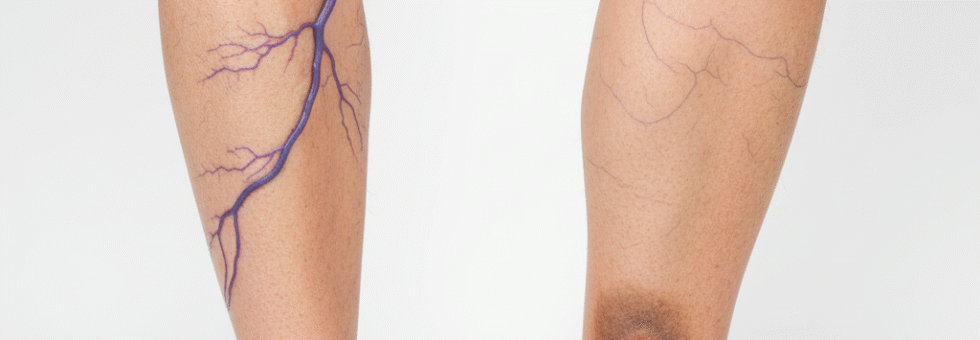When to Worry About Varicose Veins and Visible Veins
Veins are a vital part of your circulation system, but sometimes they become more noticeable than usual. Many people wonder: when to worry about varicose veins, do varicose veins hurt, why are my veins so visible, what does it mean when veins are popping out, or even are spider veins dangerous.
These are common questions—and the answers depend on your symptoms and overall vein health. Let’s break it all down so you can understand when visible veins are harmless and when it’s time to seek professional care from a vein specialist.
Varicose veins occur when blood pools due to weakened vein valves. While they may start as a cosmetic issue, there are times when they signal deeper problems.
You should be concerned if you notice:
- Persistent pain or heaviness in your legs
- Swelling around ankles or feet
- Skin discoloration or itching near the veins
- Bleeding veins after minor injury
- Open sores or ulcers around the ankles
These symptoms may point to chronic venous insufficiency, a condition that needs medical treatment.
Pro Tip: “Don’t wait until varicose veins worsen—early treatments like sclerotherapy or radiofrequency ablation are simpler and more effective.”
Do Varicose Veins Hurt?
Yes, varicose veins can hurt. While some people only notice bulging veins without pain, others feel:
- Burning or throbbing sensations
- Leg cramps at night
- Aching that worsens after standing long
If discomfort is interfering with your daily life, it may be time to consider varicose vein treatment. Modern options like endovenous laser ablation or Varithena are minimally invasive and highly effective.
Why Are My Veins So Visible?
You may notice veins appearing more visible on your hands, arms, or legs. This can be due to:
- Low body fat or thin skin
- Exercise, which pumps blood into veins
- Genetics
- Aging and loss of skin elasticity
While visible veins are often normal, if you also see swelling, discoloration, or twisted veins, it’s smart to get checked for underlying vein disease.
Veins Popping Out – Should You Worry?
Veins popping out during exercise or heat exposure is usually normal. But when veins remain enlarged, rope-like, and persistent, it could be a sign of varicose veins.
If these veins are accompanied by:
- Pain
- Tingling
- Swelling
Then you may need a medical evaluation. Learn more about what to expect from varicose vein treatment before and after.
Are Spider Veins Dangerous?
Spider veins are small, web-like veins near the skin surface. Most of the time, they’re not dangerous—just a cosmetic concern. However, in some cases, they may signal early vein problems.
If spider veins are spreading quickly, causing discomfort, or paired with varicose veins, it’s best to see a spider vein specialist. Treatments like laser therapy or sclerotherapy provide excellent results.
Check out real results here: Spider vein removal before and after.
Treatment Options for Varicose & Spider Veins
Depending on your condition, doctors may suggest:
- Sclerotherapy: Injection-based treatment for spider/varicose veins
- Radiofrequency Ablation: Uses heat to close faulty veins
- Varithena: Foam injection for larger veins
- Endovenous Laser Ablation: Laser treatment for stubborn varicose veins
Lifestyle changes: Compression stockings, exercise, and massage (see can massage help varicose veins)
FAQs
Q1. When to worry about varicose veins?
If you notice pain, swelling, skin changes, or ulcers, it’s time to consult a vein doctor.
Q2. Do varicose veins hurt?
Yes, they can cause aching, throbbing, or cramping. Treatments like laser vein removal can provide relief.
Q3. Why are my veins so visible?
This can be due to genetics, thin skin, or exercise. If accompanied by pain, see a vein specialist.
Q4. Are spider veins dangerous?
Most aren’t, but they can sometimes point to early vein disease.
Q5. What’s the cost of treatment?
Learn more about varicose veins treatment price and why it’s worth it.
Conclusion
Knowing when to worry about varicose veins, whether they hurt, why veins are visible, and whether spider veins are dangerous can make all the difference in your health. If you have concerns, don’t ignore them.
👉 Explore expert care and advanced treatments at Veins Center Long Island and say goodbye to painful, visible veins.

